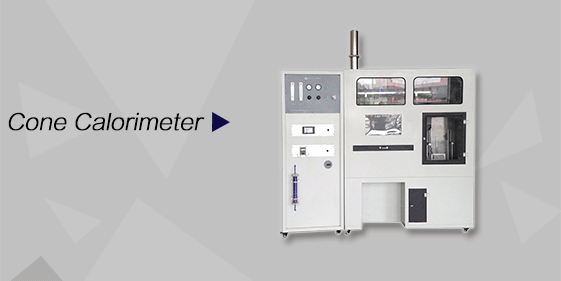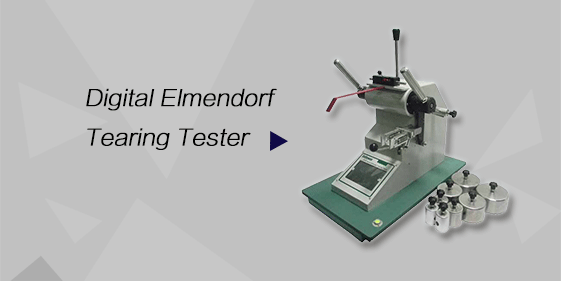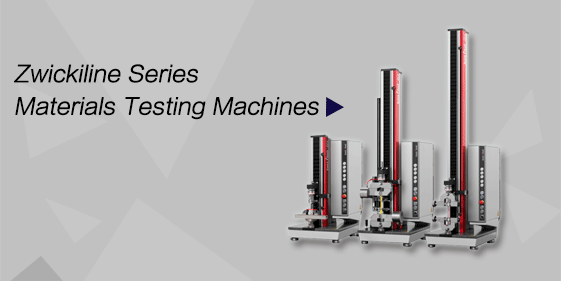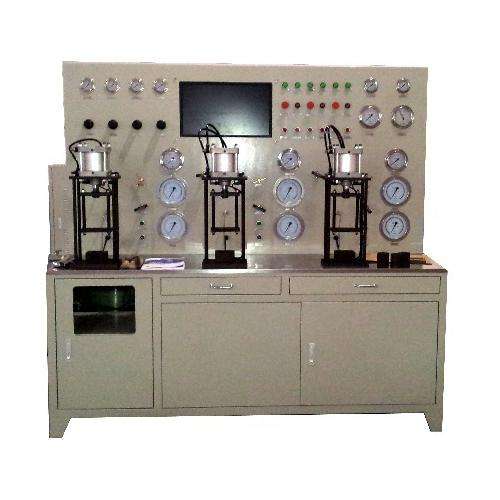Search keywords:
product name, product type, model number,
test method, manufacturer, technique, application
Filter Test Rig
BACKStandards:
Applications:
◇ Standardized test in accordance with VDI 3926
◇ Individual tests under close-to-real conditions as defined by the different process conditions, e.g. in the cement industry, in the wood-processing industry, the pharmaceutical industry, the chemical industry, in nuclear power plants and many other areas...
Product Information:
Introduction
With the MMTC series, Our company offers a reliable and cost-effective test system for quality control and the development of cleanable filter media. The filter test rigs in the MMTC series offer high test result reproducibility. The compact and robust layout of the MMTC 2000 and its functional and simple operation have impressed our customers in industry in particular. With the aid of the MMTC series, standard filter media tests can be performed in accordance with VDI 3926 (including aging). Different media are optimized for different applications in terms of their structure and surface treatment. This minimizes emissions and increases the service life of the medium. In contrast to the VDI guidelines, with the aid of the MMTC series it is possible to perform reliable filter media tests with different powders that are actually used in practice. MMTC filter test rigs are already used internationally with great success in industry.
Procedure
In the test procedure, a test aerosol burden is applied to the test filter. The rise in pressure loss is measured on the test filter. If a defined pressure loss is reached or a predefined time interval is exceeded, the filter medium is cleaned off using a blast of compressed air. These cycles are repeated until the end of the test procedure.
Results
In order to compare the different filter media, the following data is collected:
● The pressure loss curve on the test filter and on the gravimetric end filter
● The residual pressure loss curve after cleaning
● The mass emission at the gravimetric end filter
● The particle penetration in the clean gas with our company (optional)
Components
Dust dispersion with the RBG 2000:
* Suitable for many different dusts used in real practical applications. The filtration and cleanability properties of surface filter media depend to a very large extent on the properties of the dust being filtered. It is therefore vital that these media can be tested with dusts used in real practical applications.
* Automatic control of the dust disperser RBG 2000 via the software of the MMTC 2000. This also offers you a simple way to adjust the mass flow rate.
* Particularly large dust container for long testing times.
Horizontal dust processing unit:
* Minimization of particle losses through sedimentation and virtually homogeneous dust distribution on the test filter
* Simple adjustment of the raw gas concentration
* Re-application of fine dust to the filter after cleaning – as in practice
* Only small quantities of dust required
Automatic test for leaks:
* Before the start of a filter test, an automatic test can be performed to check its leak-tightness in 3 minutes
Aerosol sampling in the clean gas for online emission measurements with the system:
* Representative isokinetic sampling
* No influence on the cleaning pulse
* High time resolution of 1 s in order to display the particle penetration during the cleaning pulse
MMTC software:
Windows-based software for controlling the test system, including automatic test procedures and data analysis:
* Standard test method in accordance with VDI 3926 (with aging)
* Standard test report and data analysis in accordance with VDI 3926
* Individual adjustment of operating parameters
* Individual programming of the test method
* Individual evaluation of the residual pressure loss and cycle time, comparison of individual cycles and representation of the overall test
* Data export to Excel
Simulation of the so-called garland effect:
* In practical applications, the way the medium is prepared and cut to size on the supporting basket influences the cleaning characteristics and dust emissions of a filter. This is referred to as the so-called "garland effect". Palas® offers adapters with different support devices for the test filter so that this effect can be simulated in the laboratory.
* Suitable for many different dusts used in real practical applications. The filtration and cleanability properties of surface filter media depend to a very large extent on the properties of the dust being filtered. It is therefore vital that these media can be tested with dusts used in real practical applications.
* Automatic control of the dust disperser RBG 2000 via the software of the MMTC 2000. This also offers you a simple way to adjust the mass flow rate.
* Particularly large dust container for long testing times.
Horizontal dust processing unit:
* Minimization of particle losses through sedimentation and virtually homogeneous dust distribution on the test filter
* Simple adjustment of the raw gas concentration
* Re-application of fine dust to the filter after cleaning – as in practice
* Only small quantities of dust required
Automatic test for leaks:
* Before the start of a filter test, an automatic test can be performed to check its leak-tightness in 3 minutes
Aerosol sampling in the clean gas for online emission measurements with the system:
* Representative isokinetic sampling
* No influence on the cleaning pulse
* High time resolution of 1 s in order to display the particle penetration during the cleaning pulse
MMTC software:
Windows-based software for controlling the test system, including automatic test procedures and data analysis:
* Standard test method in accordance with VDI 3926 (with aging)
* Standard test report and data analysis in accordance with VDI 3926
* Individual adjustment of operating parameters
* Individual programming of the test method
* Individual evaluation of the residual pressure loss and cycle time, comparison of individual cycles and representation of the overall test
* Data export to Excel
Simulation of the so-called garland effect:
* In practical applications, the way the medium is prepared and cut to size on the supporting basket influences the cleaning characteristics and dust emissions of a filter. This is referred to as the so-called "garland effect". Palas® offers adapters with different support devices for the test filter so that this effect can be simulated in the laboratory.
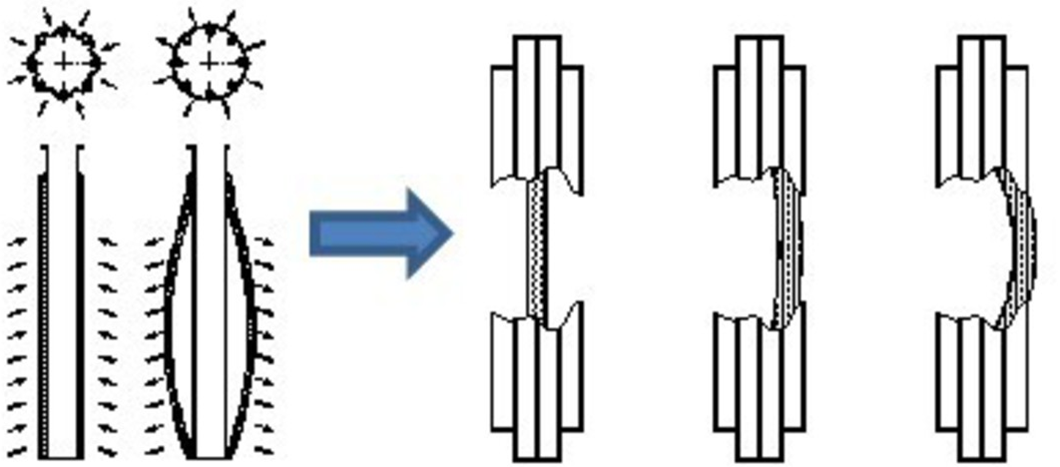
In-situ measurement:
The simulation of realistic conditions in the laboratory often requires a big investment in terms of time and money. However, thanks to its compact design the MMTC 2000 can be simply attached to a filter housing so that the filter test can be performed under realistic conditions.
Features
◆ Internationally comparable measurement results thanks to the widespread use of the MMTC 2000 measurement system
◆ High reproducibility of the testing method
◆ Different dusts from real applications can be used
◆ Quick and easy adjustment of the raw gas concentration
◆ Simulation of the so-called garland effect
◆ Suitable for in-situ measurements
◆ Online measurements of the particle size and particle concentration with the light scattering spectrometer welas® digital
◆ MMTC 2000 EHF: This test rig can be heated to 250°C; the relative humidity can be set to levels up to 80% (at a temperature of 90°C).
◆ Lightweight, small and mobile design
◆ Easy handling, easy cleaning◆ High reproducibility of the testing method
◆ Different dusts from real applications can be used
◆ Quick and easy adjustment of the raw gas concentration
◆ Simulation of the so-called garland effect
◆ Suitable for in-situ measurements
◆ Online measurements of the particle size and particle concentration with the light scattering spectrometer welas® digital
◆ MMTC 2000 EHF: This test rig can be heated to 250°C; the relative humidity can be set to levels up to 80% (at a temperature of 90°C).
◆ Lightweight, small and mobile design
◆ Quick set-up time when changing the filter or test dust
◆ Validation of the clear function of individual components and the overall system during pre-delivery acceptance testing
◆ Reliable operation
◆ Short set-up times, extremely low-maintenance
◆ The unit will reduce your operating costs
Technical Parameters
| Items | Parameters |
| Volume flow | 1 – 5.5 m³/h (others on request, suction mode) |
| Power supply | 120/230 V, 2A (single phase connection) |
| Dimensions | Approx. 1200 • 630 • 1700 mm (H • W • D) |
| Powder Disperser | RBG 2000 for non‐cohesive powders and bulks as e. g. Pural NF, Pural SB, ISO A2 fine, ISO A4 coarse, different types of TiO2 and other powders from practice Mass Flow: approx. 0.2 – 90 g/m³ (depending on powder size and density) |
| Inflow velocity | 3 – 8.8 cm/s (others on request) |
| Differential pressure measurement | 0 – 5000 Pa (aA) |
| Test area of the medium | 177 cm² |
| Aerosols | Dusts (e. g. SAE dusts) |
| Compressed air supply | 6 – 8 barg |
| Valve opening times | 50 – 500 ms |
| Pressure for pulse jet cleaning | Adjustable up to 6 barg |



